A year ago, the Honor 200 was released, the first smartphone to benefit from a partnership with Harcourt, the famous Parisian photo studios. A year later, here is its successor, the Honor 400. It has a similar spec sheet, yet it is sold for much less than its predecessor. What changes have been made to achieve this? Find out in this test.
In 2024, Honor presented the 200 and 200 Pro. The first of the two showed very strong ambition compared to the Honor 90 that we really liked in 2023. An ambition accompanied by a price inflation that brought the phone above 600 euros. Of course, this was accompanied by some interesting innovations and improvements, notably the partnership with Harcourt, the famous Parisian photo studios with whom Honor created its portrait modes.
Read also – Apple iPhone 16e review: at this price, we would like it to do a little more
But wasn't the Honor 200 too ambitious? By increasing its prices even further to reach a fairly high level, wasn't the brand losing its audience? A year later, Honor is reviewing its pricing positioning. First with the Honor 400 Lite. And now with this "standard" Honor 400, whose retail price falls below 500 euros. What sacrifices have been made? Is the experience still good? Is the value for money better? This review is here to answer all these questions.
Price and availability date
The Honor 400's recommended retail price starts at 499.90 euros. That's 150 euros less than the Honor 200. This difference is justified by several points, notably the volume of RAM and storage, with the Honor 200 including 12 GB of RAM and 512 GB. There are two versions of the Honor, with 256 GB or 512 GB of storage. The volume of RAM, 8 GB, does not change between the two. 80 euros separate the two versions. Here are the prices of the two versions:
- 256 GB of storage: 499.90 euros
- 512 GB of storage: 579.90 euros
At this price, the Honor 400 is up against the Reno13 from Oppo, the Edge 60 from Motorola, the Pixel 9a from Google, the Galaxy A56 from Samsung or even the Poco F7 Pro from Xiaomi, the RedMagic 10 Air from Nubia, or even the Redmi Note 14 Pro+, even if the latter is cheaper. However, the overall experience of the Honor 400 and the Redmi Note 14 Pro+ are very similar. Fortunately, an introductory offer allows you to buy the 512 GB version for the price of the 256 GB version.
The Honor 400 is available from today, May 22, 2025. It is sold at all the usual retailers. It comes in two colors: gold (the one you can discover in this review) and black. The smartphone comes with a USB-C to USB-A cable and a tool to open the SIM card tray. A screen protector is installed at the factory.
Design
Let's start with the design of the smartphone. An ergonomics that partly echoes that of the Honor 400 Lite. The camera module reminds us of the triangle we mentioned there. But its shape is not exactly triangular: it is a triangle with one corner cut off. The organization of the technical elements is identical. Each lens is surrounded by metal of the same color as the edges. The same goes for the flash and the entire camera module.
The camera module is off-center and protruding, making the phone a little wobbly when placed on its back. The back of the Honor 400 is covered in polished mineral glass that prevents fingerprints. The edges are made of polycarbonate with a rather elegant brushed metal finish. We notice that the button that was added to the Honor 400 Lite is missing here. Too bad, it's a good idea. All other elements on the edges are standard.
On the front, you'll find a smaller touchscreen than the Honor 200: it goes from 6.7 inches to 6.55 inches. In use, the difference isn't that significant. The bezels around the display are moderately thin. There's a punch-hole in the center of the top edge. And a fingerprint reader is installed underneath. The latter works quite well. We'll come back to this screen in detail in the next part of the test. The Honor 400 is rather light (184 grams) and not too thick (7.3 mm). And its chassis is protected against water (IP65).
On the software side, the Honor 400 benefits from the latest version of Magic OS. It's numbered 9.0 and it's based on Android 15. And here you get 6 years of OS updates and security patches. That's very good. You'll find more or less the same version with the Honor 400 Lite. You'll find the usual home screen, differentiated panels for notifications and quick settings, the disabled app drawer, etc. Magic Circle and Magic Portal are present, of course. And Gemini is offered here in version 2.0.
On the artificial intelligence side, the Honor 400 focuses a lot on improvements to photos and videos, and not on the overall user experience. Of course, you find everything that Magic OS 9.0 offered with the Magic7 Pro and the Honor 400 Lite: translation, writing, transcription, AI suggestion, automatic subtitles. Two cool new features already available during our test: deepfake detection during video calls, even if it's not very useful yet, and motion sickness relief.
Screen, performance, and battery
Let's move on to the technical aspects of this test, with the screen first. A 120 Hz compatible AMOLED screen, as before. A smaller panel than that of the Honor 200. And that's not the only difference. The second is the definition. It's slightly higher, going from Full HD to 1.5K. Combined with a smaller screen size, the resolution goes from 436 to 460 pixels per inch. It's nice, even if it won't change your daily life.
On the other hand, what could bring you more comfort is the increase in brightness. Honor announces that it now goes up to 5000 nits in local peak (compared to 4000 nits previously). We measured a maximum manual brightness of 635 nits with the "vivid colors" color profile and 607 nits with the "normal colors" profile. These figures are up from 2024.
Another area for improvement: colorimetry. The Honor 200s had fairly color-friendly screens. Here, it's even better. With the "natural colors" color profile, our sensor measured an average delta E of 1.7. We see a nice balance between the three primary colors. In addition, the average color temperature reaches 6286°. The white temperature reaches 6366°. This is close to ideal values.
Let's go under the hood and study the platform. The Honor 400 retains the same SoC as its predecessor, namely a Snapdragon 7 Gen 3 from Qualcomm. The SoC is accompanied here by 8 GB of RAM (4 GB less than the Honor 200), to which is added 8 GB of virtual RAM activated by default (and impossible to deactivate). A perfect configuration for simple uses, or even a little gaming if the games are well optimized. And an important point for gamers, the Snapdragon 7 Gen 3 is not compatible with Ray Tracing.
The scores obtained in the benchmarks are, to within a few points, identical to those obtained with the Motorola Edge 50 Pro which benefits from the same SoC. They are similar to the results offered by the Samsung Galaxy A56. The Honor 400's performance-price ratio is not the most advantageous. We much prefer the RedMagic 10 Air, sold at the same price. Or even a OnePlus Nord 4 with the Snapdragon 7+ Gen 3.
The performance is average, certainly. But there are two advantages to this. First, the stability is excellent. It's around above 95%. And the heat is managed rather well. Even if the Snapdragon 7 Gen 3 heats up when used, it doesn't really bother the user. With our thermal camera, we measured a temperature of 40°C on the back of the phone and 43°C on the screen, while AIDA64 announces a temperature of 53°C at the CPU level. That's reasonable.
To power this platform, Honor has chosen a slightly more generous battery than that of the Honor 200. The capacity offered increases from 5200 mAh to 5300 mAh. This represents an increase of less than 2%. But, we're not going to refuse it. Especially since, contrary to appearances, the Snapdragon 7 Gen 3 is not as energy-efficient as it seems. We saw this during our Motorola Edge 50 Pro test in 2024.
And this is confirmed with the Honor 400, which slightly exceeds 13 hours of standard continuous use according to PCMark, with default settings (performance, connectivity, screen, etc.). The actual battery life of the smartphone therefore does not reach 2 days in standard use, but is a little above a day and a half. We expected a little more. For gamers, battery life is between 4 and 6 hours depending on the quality of the game's graphics.
To recharge this battery, the Honor 400 benefits from wired fast charging. The maximum power accepted by the smartphone is lower than that of its predecessor. We go from 100 watts to 66 watts. The charging experience remains good, however: with an official 66-watt charger (or our trusty Huawei 88-watt charger), we went from 0% to 100% in precisely 57 minutes. Here are some intermediate measurements:
- 10 min: 21%
- 30 min: 57%
- 50 min: 91%
Note that there is an option to slightly reduce the battery charging time by about ten minutes. But this comes at the expense of battery health. Several tools integrated into Magic OS 9 allow you to finely manage charging parameters and extend battery life.
Photo, video and audio
The final step of our test is the photo and audio experience. In the first area, the Honor 400 has only two modules on the back, compared to three for its predecessor. The Honor 90 also had three modules, but the third would only be used for distance calculations, which is now quite useless. In two years, there has been little change. Even a slight step backward between 2024 and 2025. We see here the consequences of the brand's chosen pricing positioning. Here's a summary of the strengths:
- Main: 200 MP sensor, f/1.9 aperture lens, phase detection autofocus, optical stabilizer
- Panorama: 12 MP sensor, f/2.2 aperture lens, 112˚ viewing angle, contrast-measuring autofocus
- Selfie: 50 MP sensor, f/2.1 aperture lens
The photos produced by the main sensor are good during the day. The colors are vibrant (but not too much). The autofocus is precise and fast. The light is well managed, even when it's very abundant. In the evening, this same sensor remains efficient. The "photo" mode automatically activates an extension of the shooting delay, with no option to deactivate it. This makes it impossible to capture a moving subject in the evening. You have a dedicated night vision mode, the interest of which is therefore quite limited.
The digital zoom, which goes up to 30x, is ambiguous. The 2x ratio is excellent in all situations. And the 4x ratio is very good during the day (and less so in the evening). On the other hand, as soon as you exceed this limit, noise invades the photos. And sharpness is lacking, despite the presence of a stabilizer that does its job well. To compensate, the Honor 400 uses the same artificial intelligence tools as the Magic7 Pro, which will rework the photo to remove as much noise as possible. The result is very artificial, with very smooth (even smeared) textures. And the larger the ratio, the greater the impact.
The portraits are elegant. Textures are preserved and tones are natural. The clipping is precise. But the digital zoom also lacks sharpness. Beyond 2x zoom, the portraits lack sharpness. The Harcourt modes are less relevant here than with the Magic7 Pro, for example: they appear as simple filters and not advanced brightness management functions. The selfie sensor is also good, with plenty of detail. But its colorimetry is a little colder than with the main sensor. In addition, it is not compatible with Harcourt modes.
The ultra-wide-angle sensor also takes good photos during the day. The colors are good. There are plenty of details. And distortions are well corrected (even if this causes blurring). The autofocus, which is used to produce macros, handles subjects at mid-distance only moderately well. It's better to be very close (to switch to macro mode), or rather far away.
In video, the Honor 400 performs well. The main sensor produces good sequences, well-balanced and quite natural during the day. In the evening, it also remains good, with good colorimetry and good lighting management. In addition, the stabilization is effective. The ultra-wide-angle module is quite dark, but this isn't bothersome during the day.
In the evening, however, it's much more complicated. The digital zoom (which goes up to 10x here) remains good up to 4x during the day and 2x in the evening. Then, the noise is too present. The Honor 400 goes up to 4K at 30 frames per second and to 60 frames per second in Full HD. The sound capture is very good. And the tool that reduces ambient noise is very effective.
Let's continue with the audio. The Honor 400 has an asymmetrical stereo configuration, with a small feature that we find in some Honor smartphones, notably the Magic range: a dual output for the secondary speaker. Thanks to this, the sound it produces is much less muffled. And the effect is rather impressive. In addition, the power is rather good: no need to turn the volume up too high to enjoy its content. On the other hand, there are still the same concerns about detail on the treble and presence on the bass. Magic OS includes a rather comprehensive equalizer to refine the smartphone's audio profile. However, this tool is not compatible with built-in speakers.
So, should we buy it?
The Honor 400's strength is that it's well-balanced. It offers enough power to ensure good fluidity in standard use. It charges fairly quickly. It takes good photos in many situations. Its screen is good. Its interface is comprehensive. All with a rather premium design that remains fairly classic. It hardly disappoints in any way. This makes it a recommendable smartphone if your expectations are simple. But the Honor 400 doesn't surprise you either. And this is certainly because of the few concessions Honor had to make to lower the price. These concessions prevent the smartphone from offering the technical advances we expected.

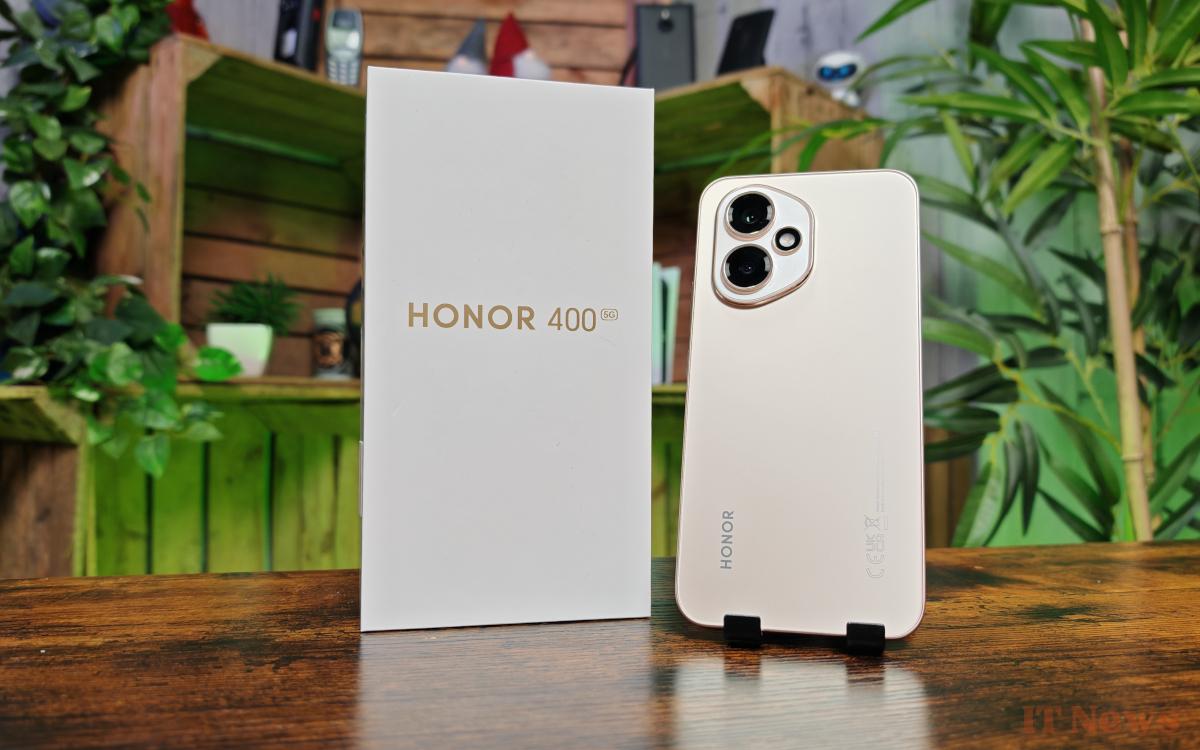

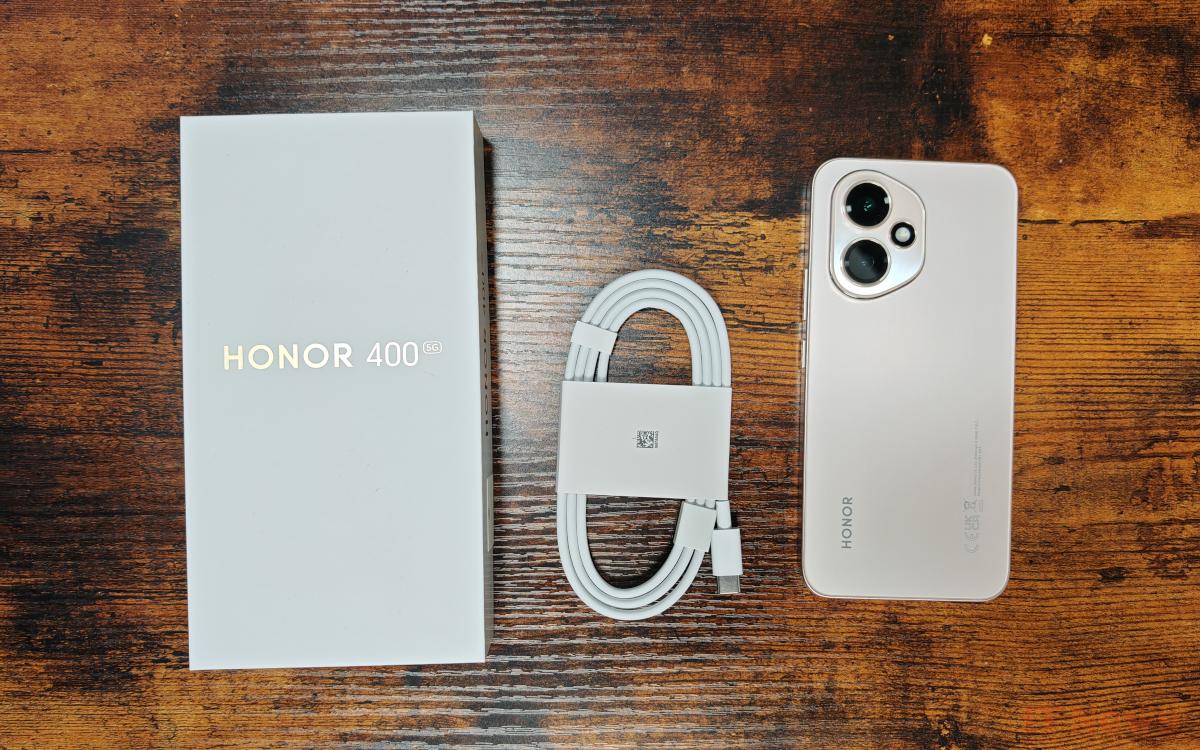
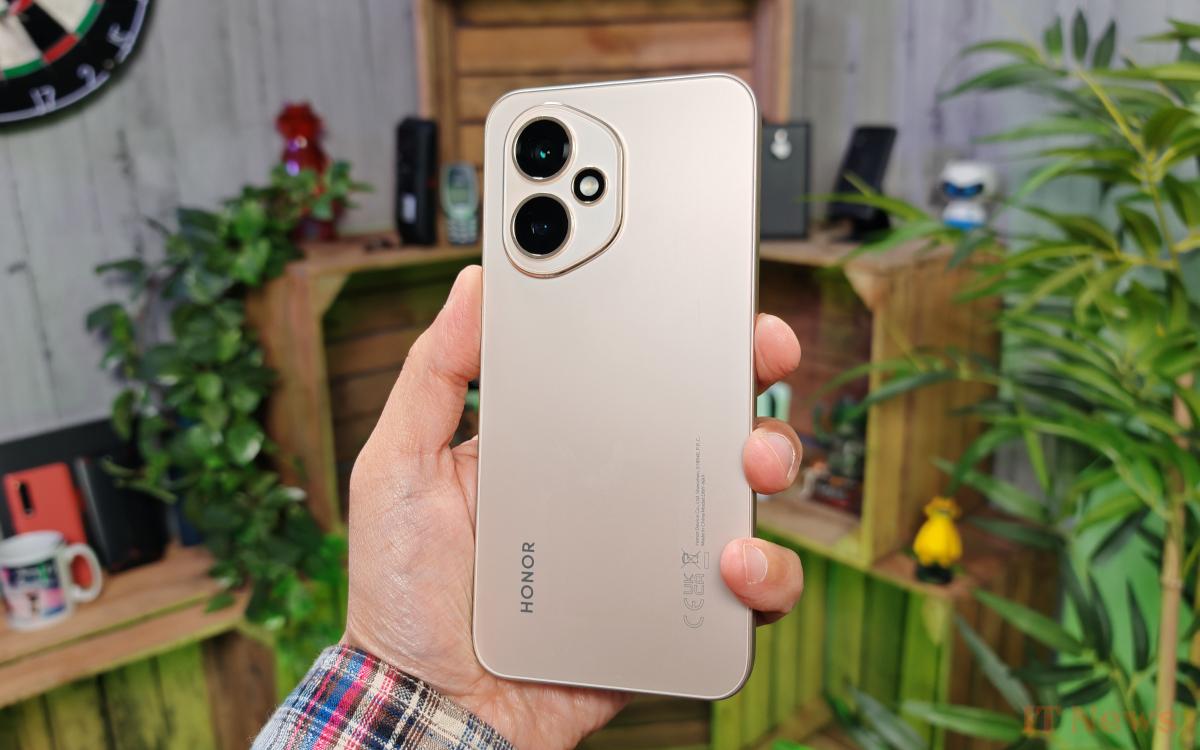
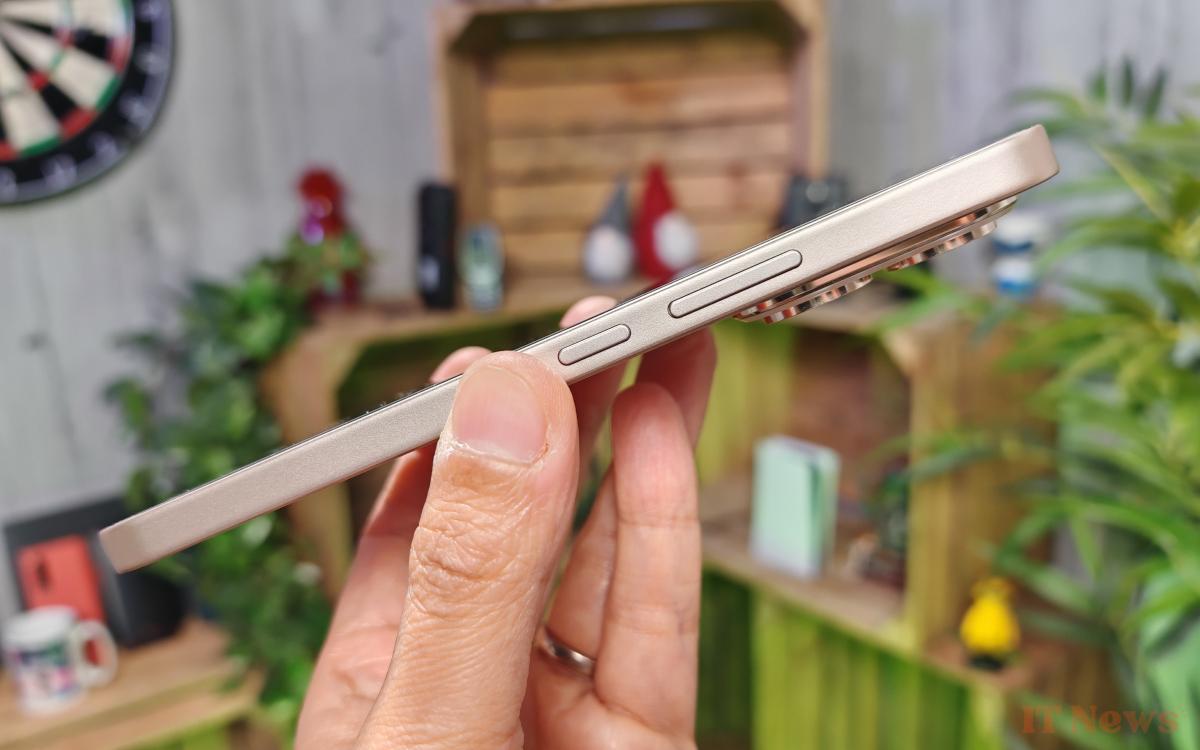
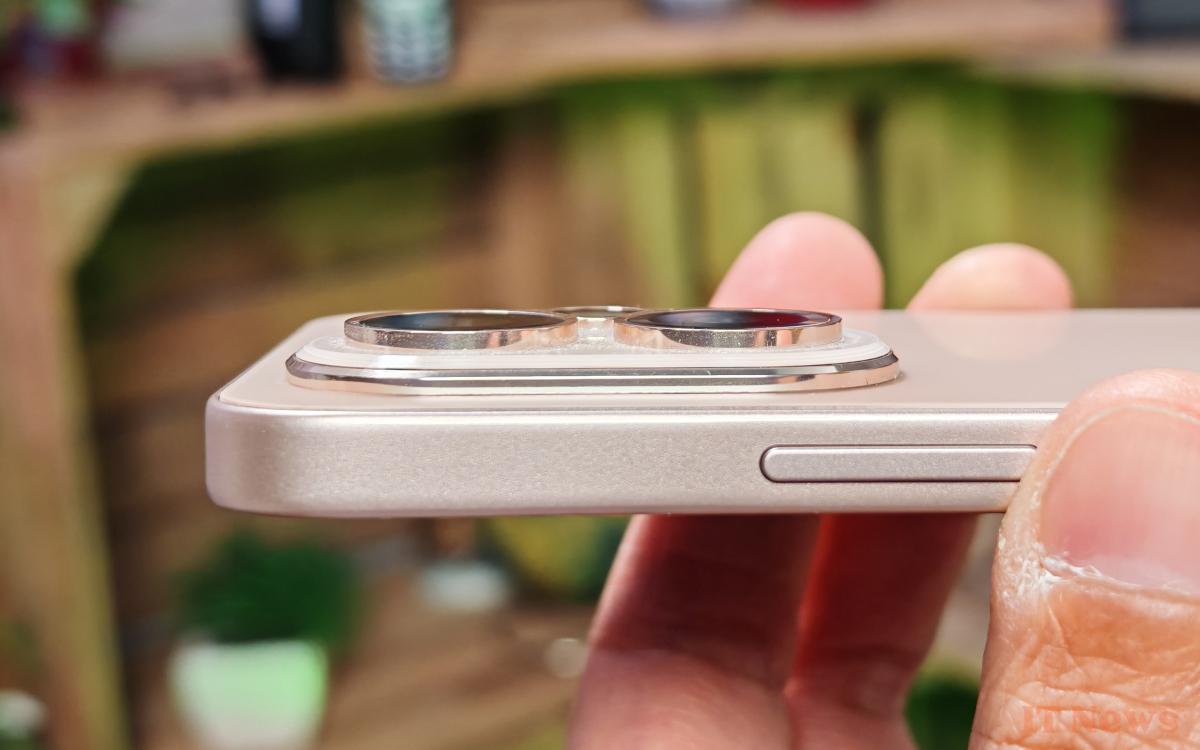
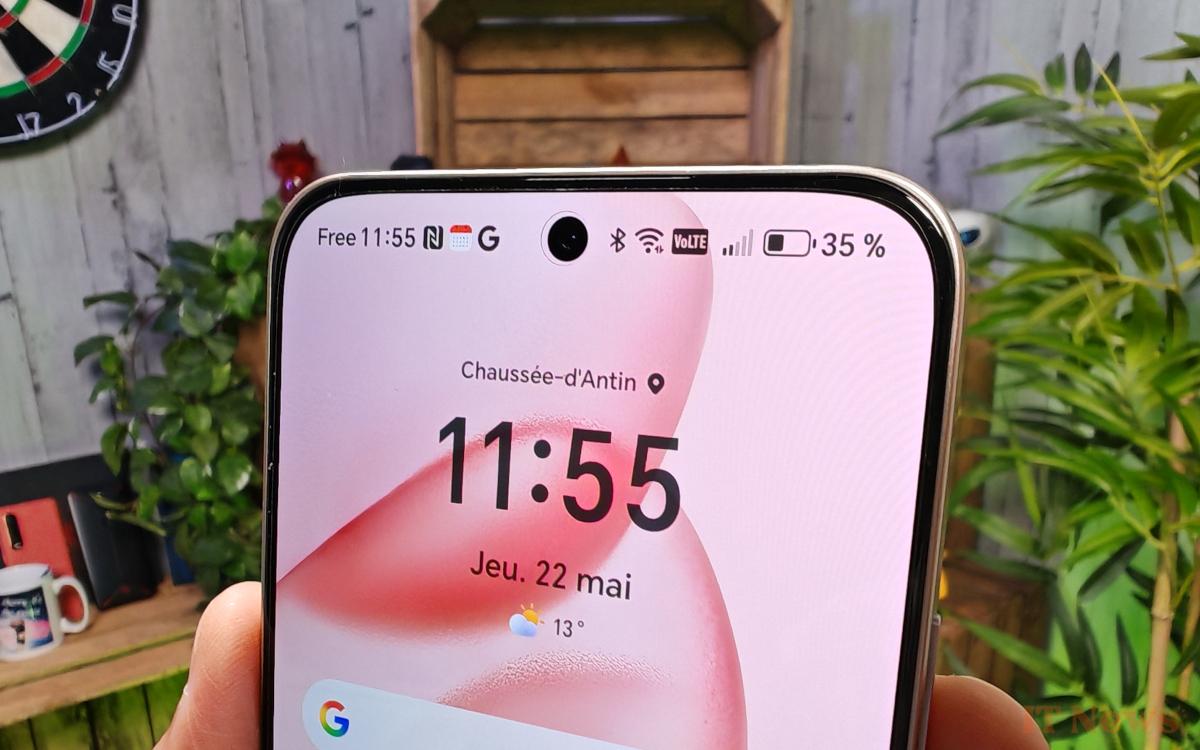
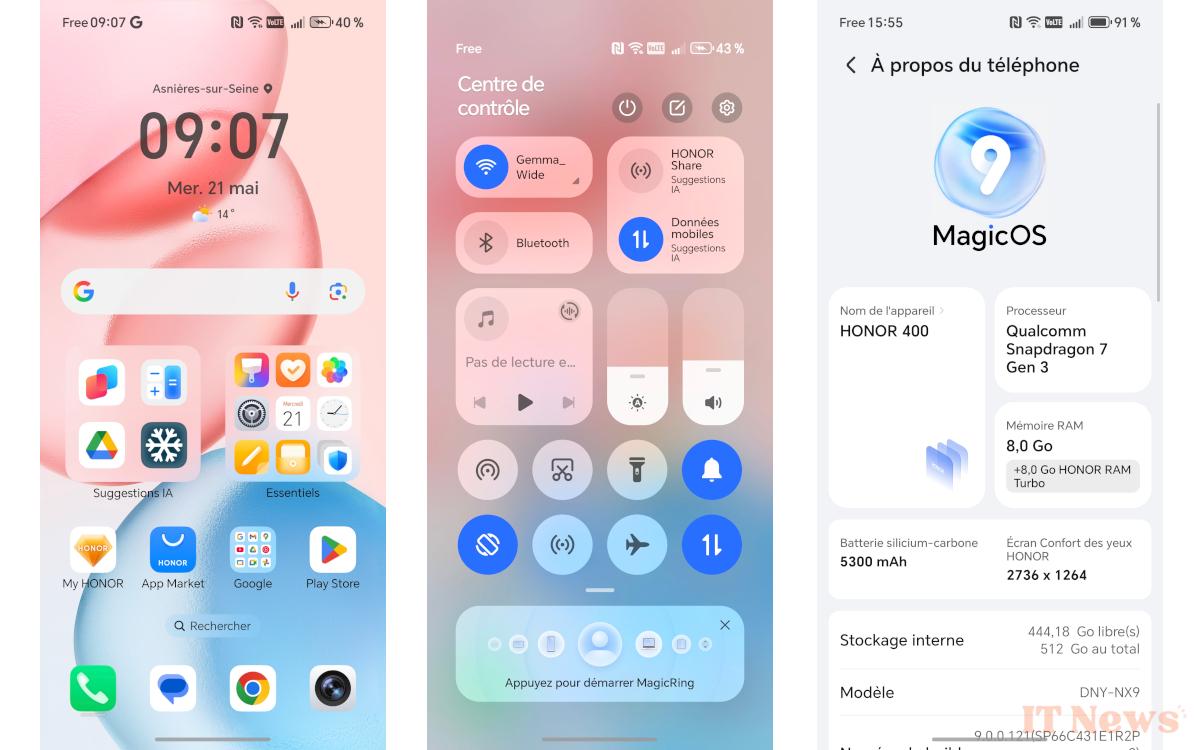
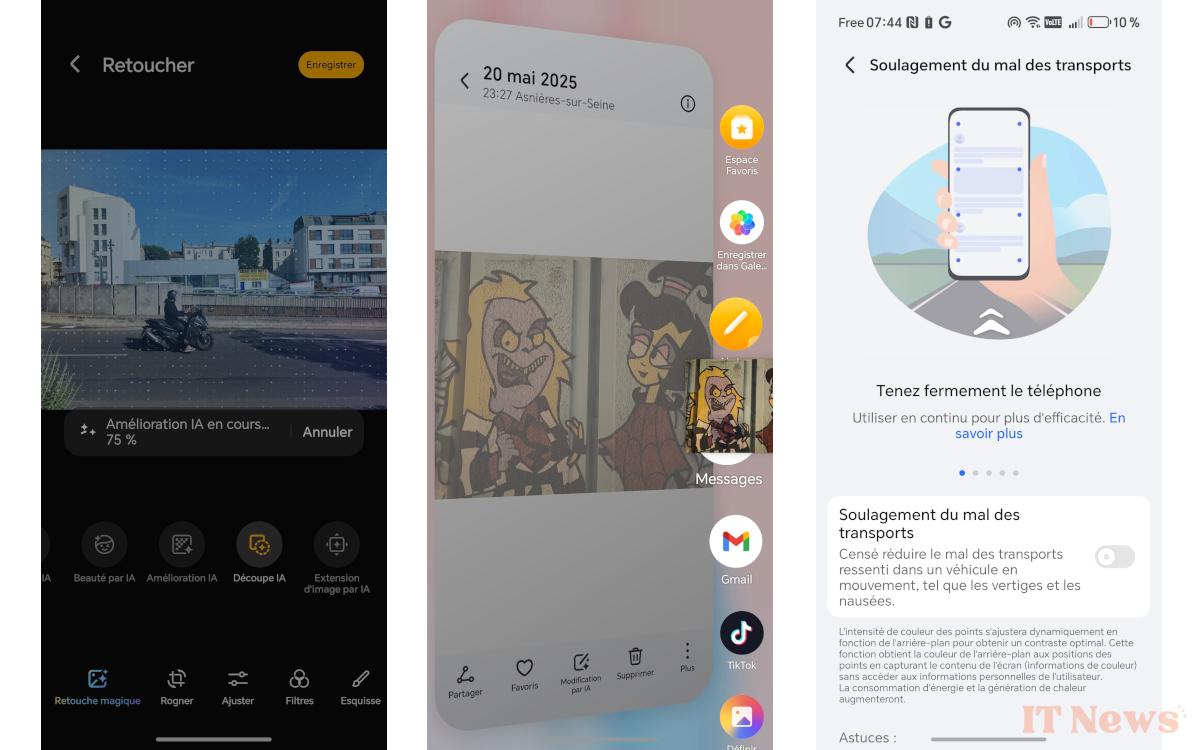
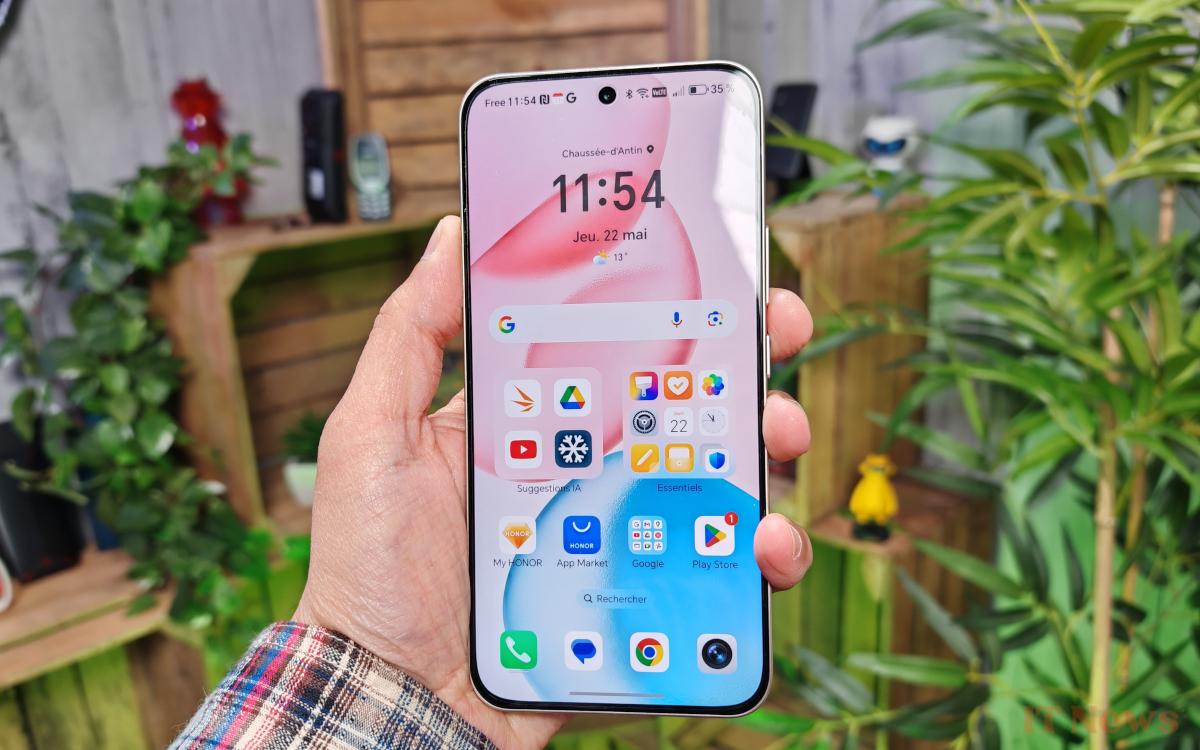
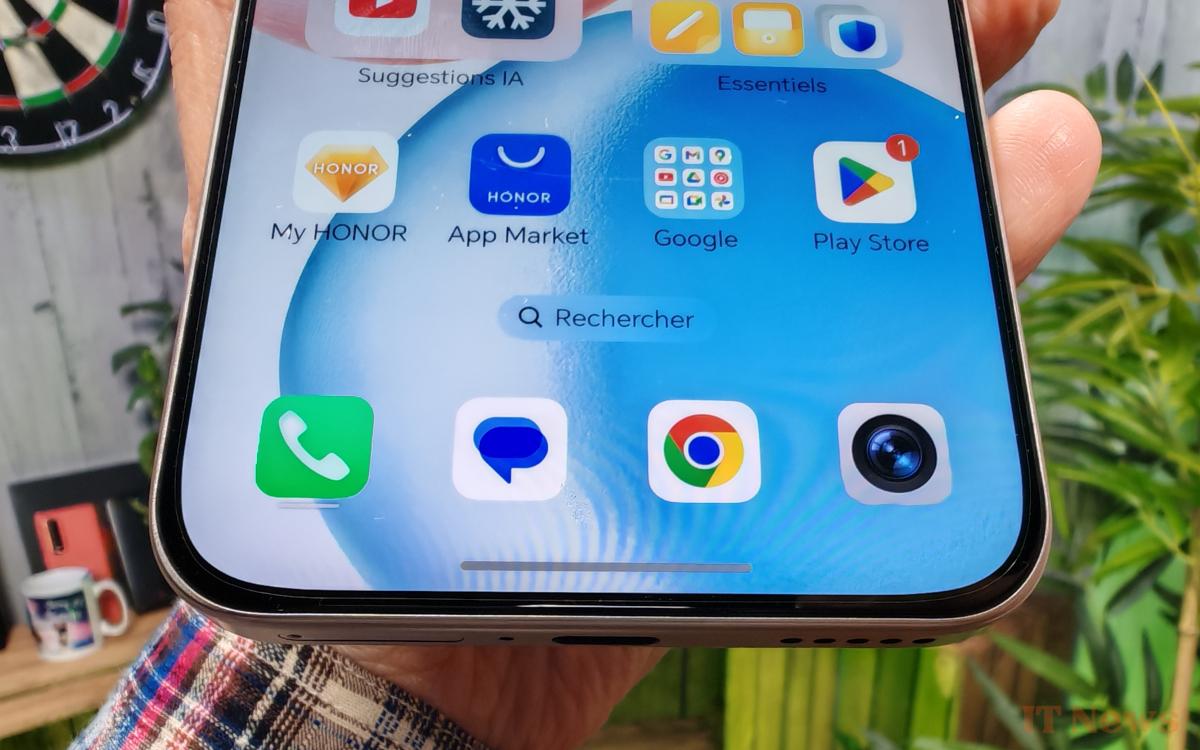
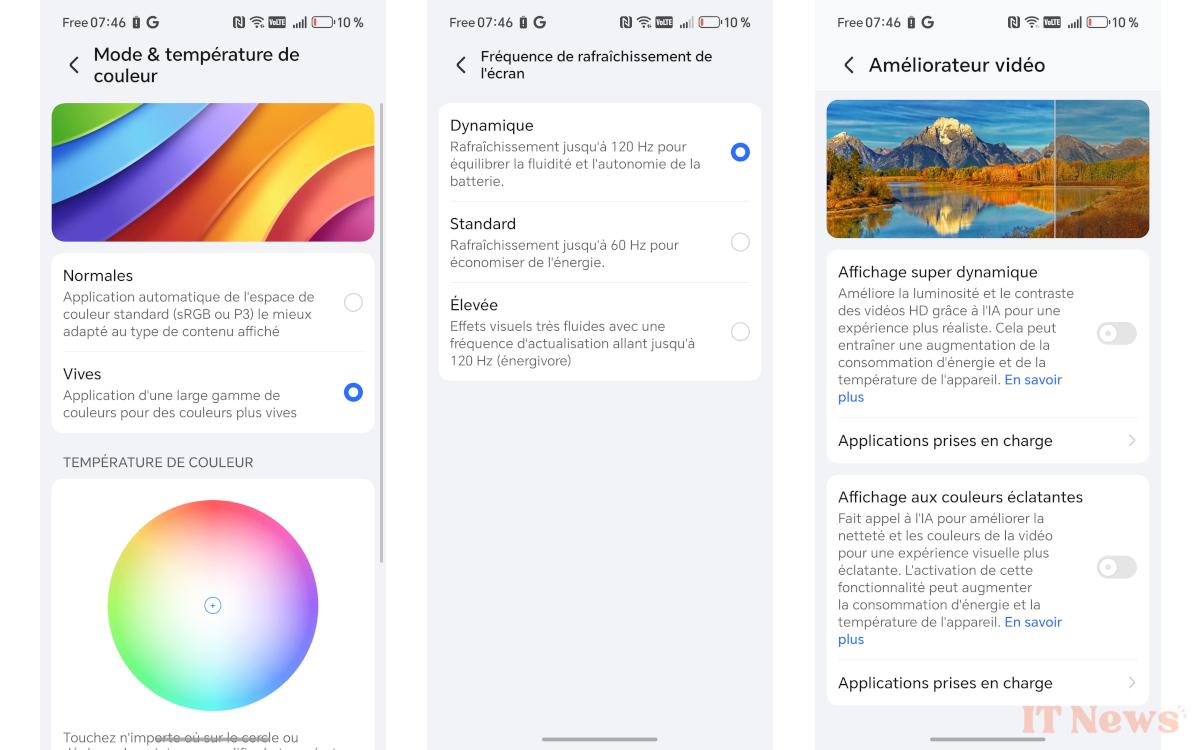
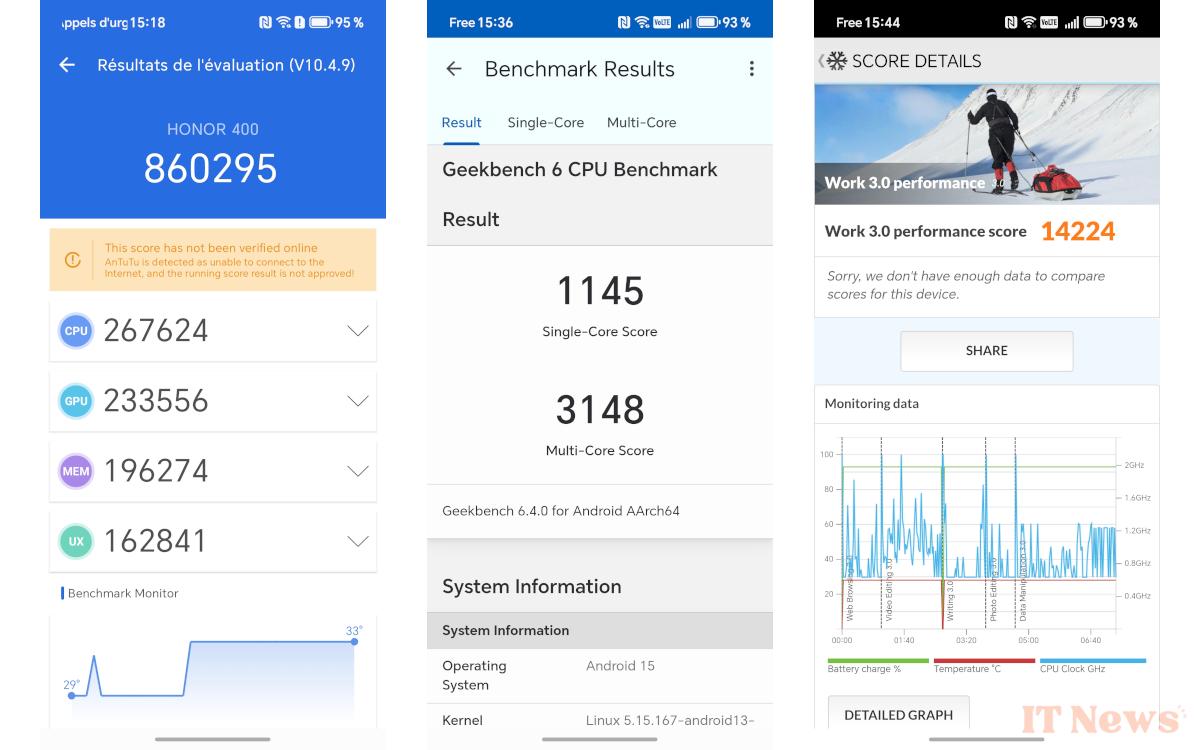

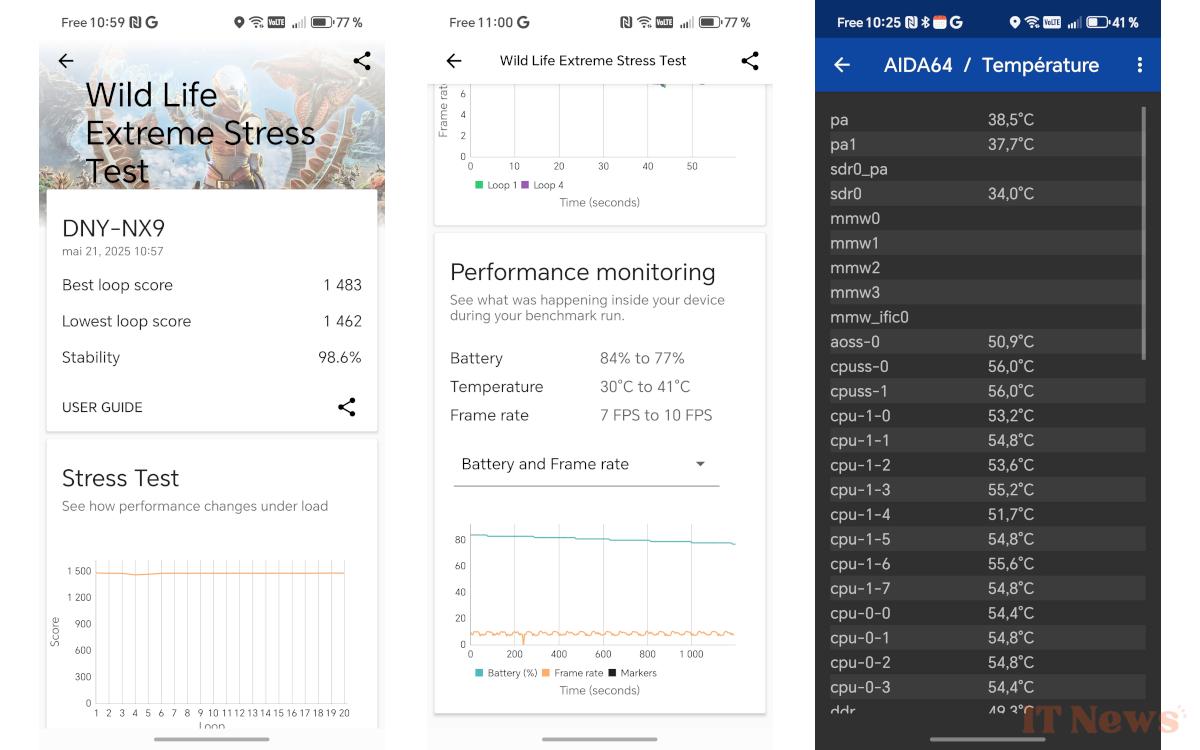
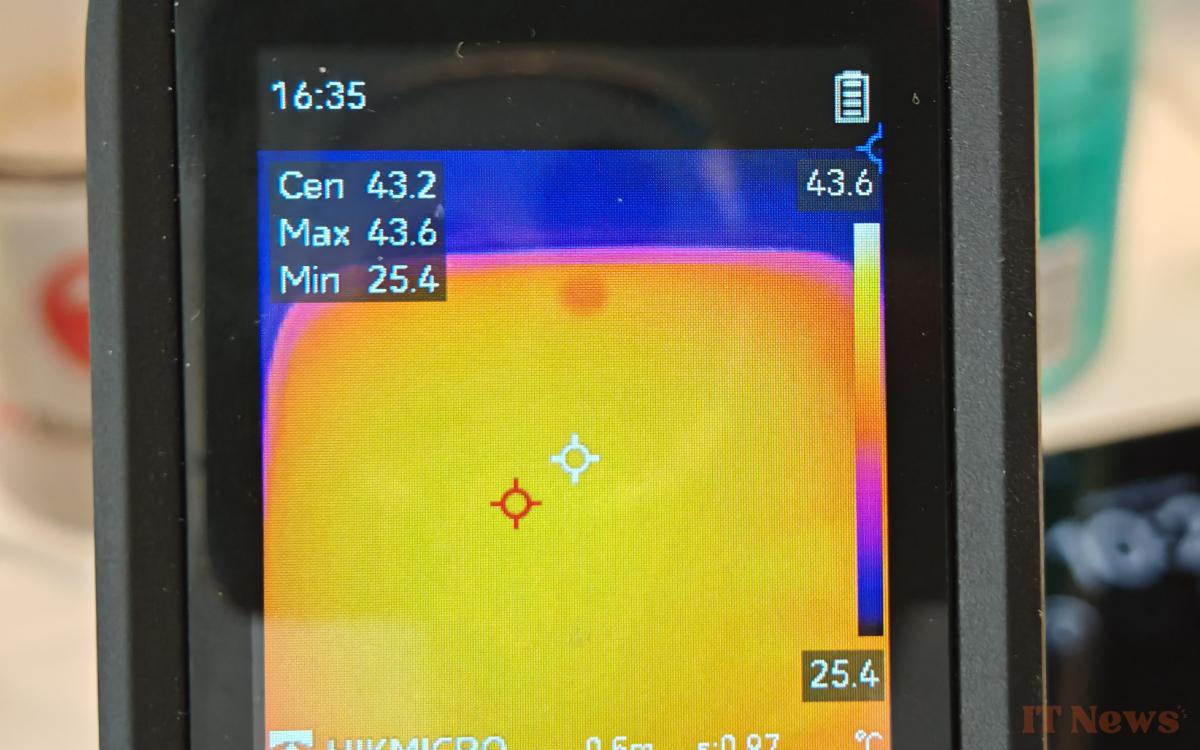


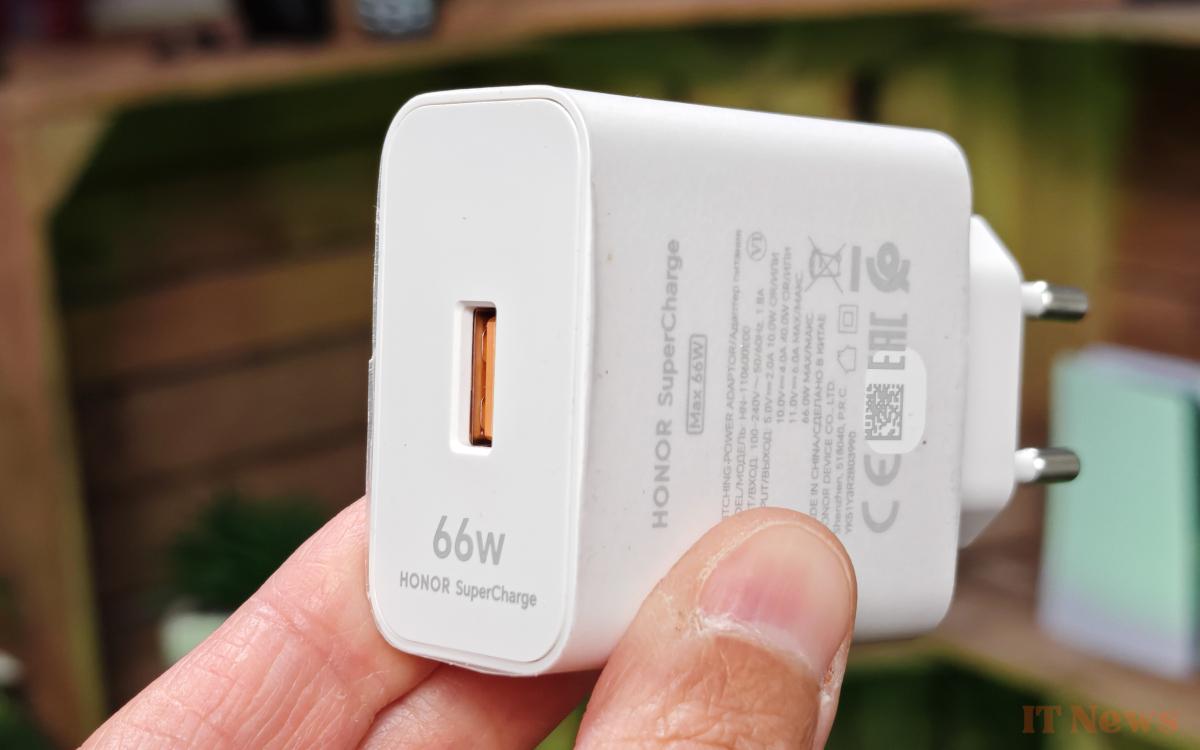
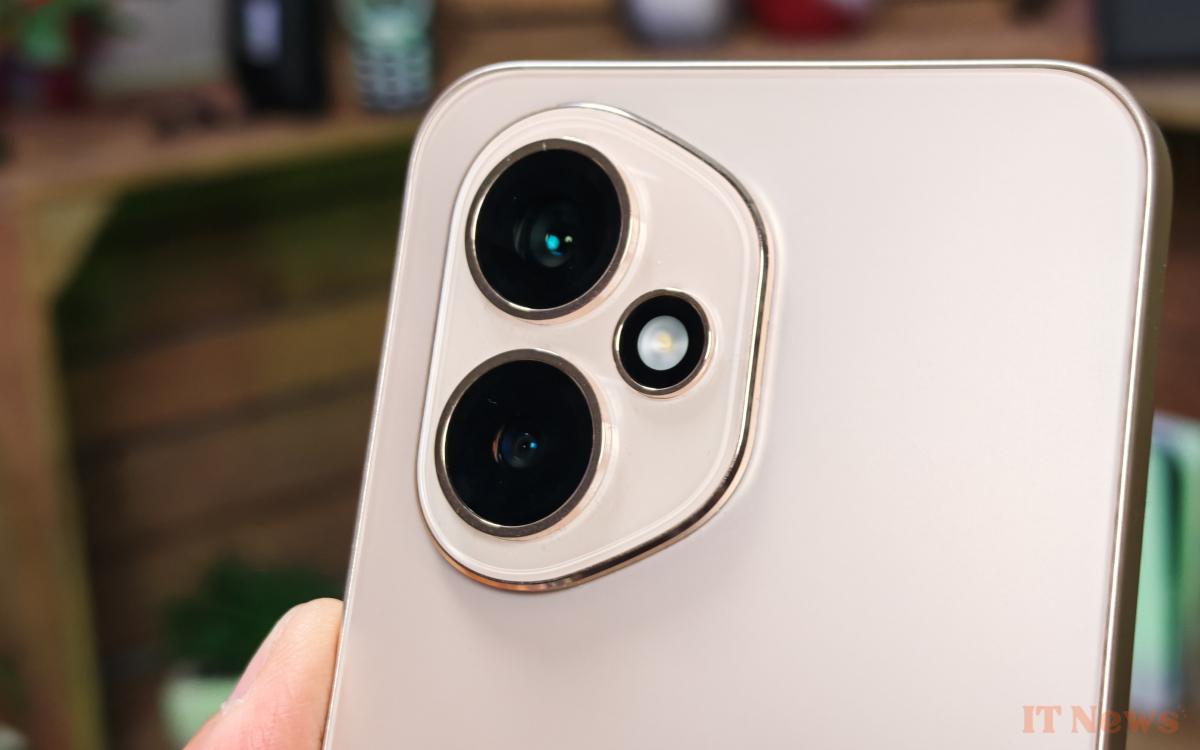

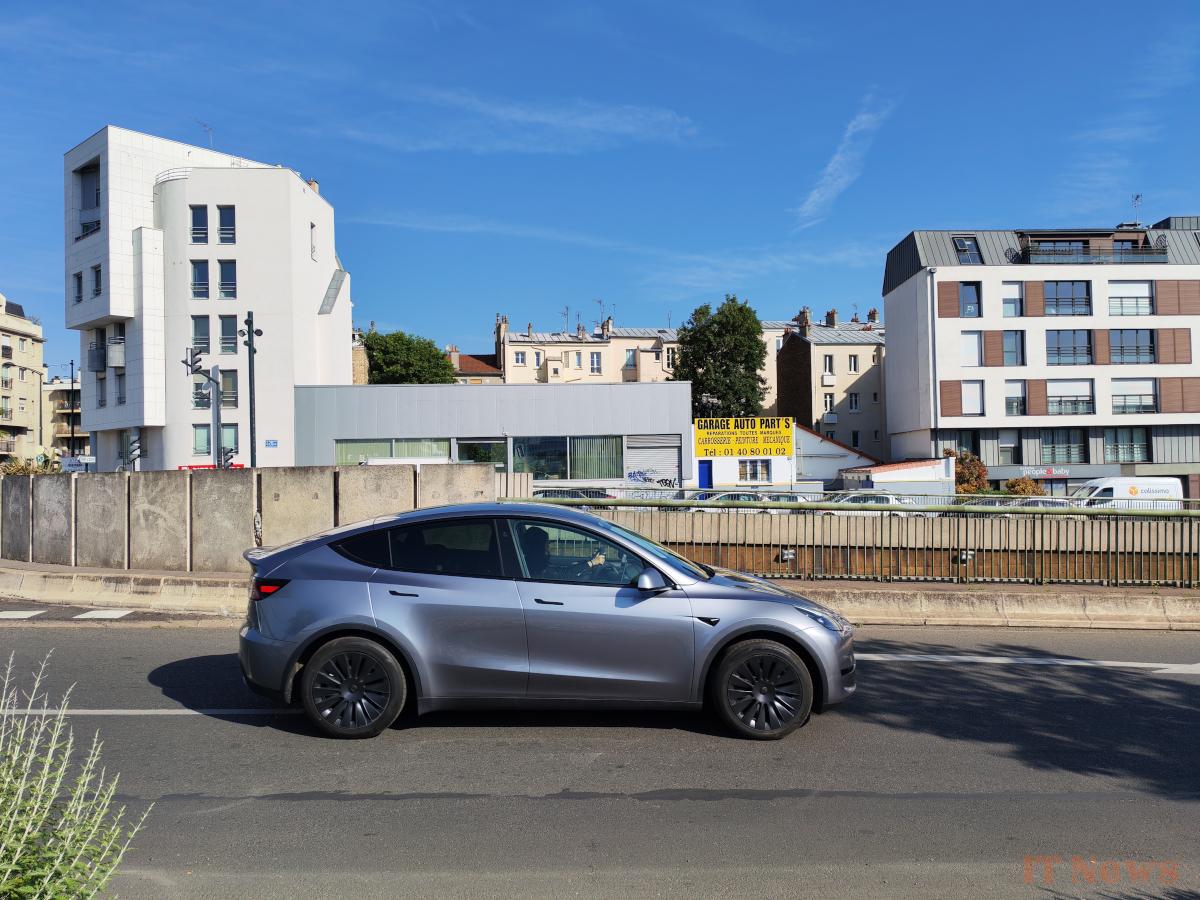


















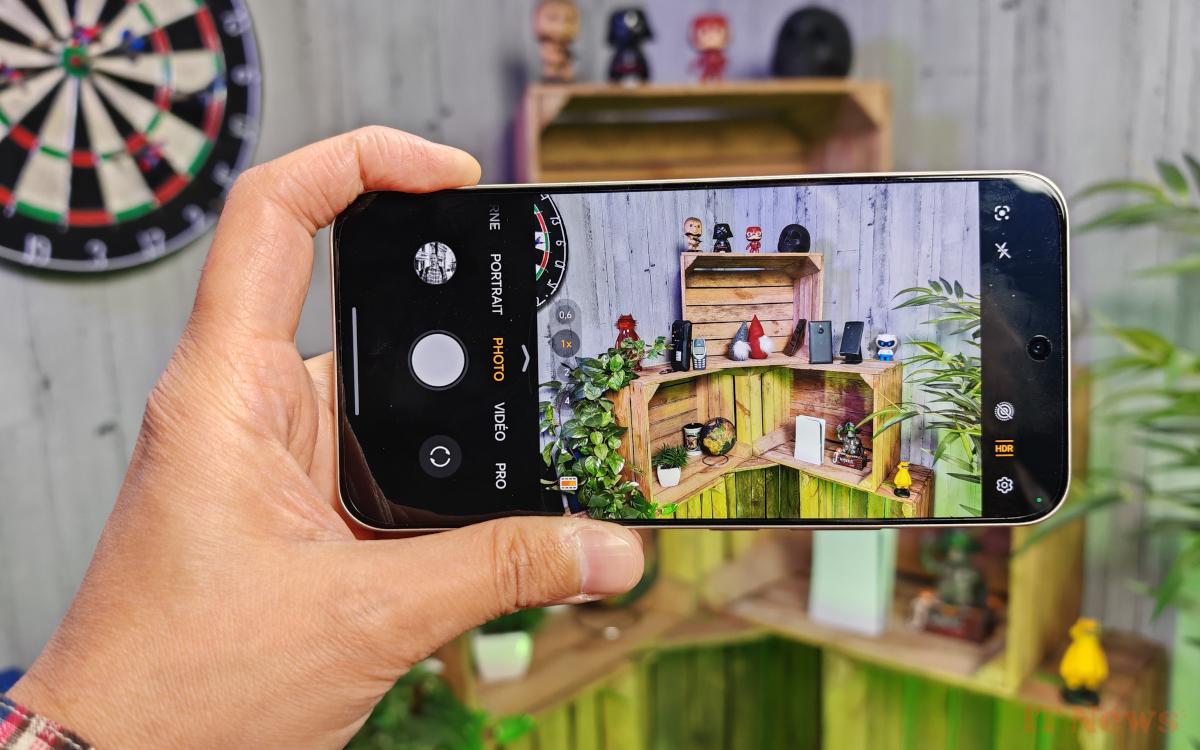

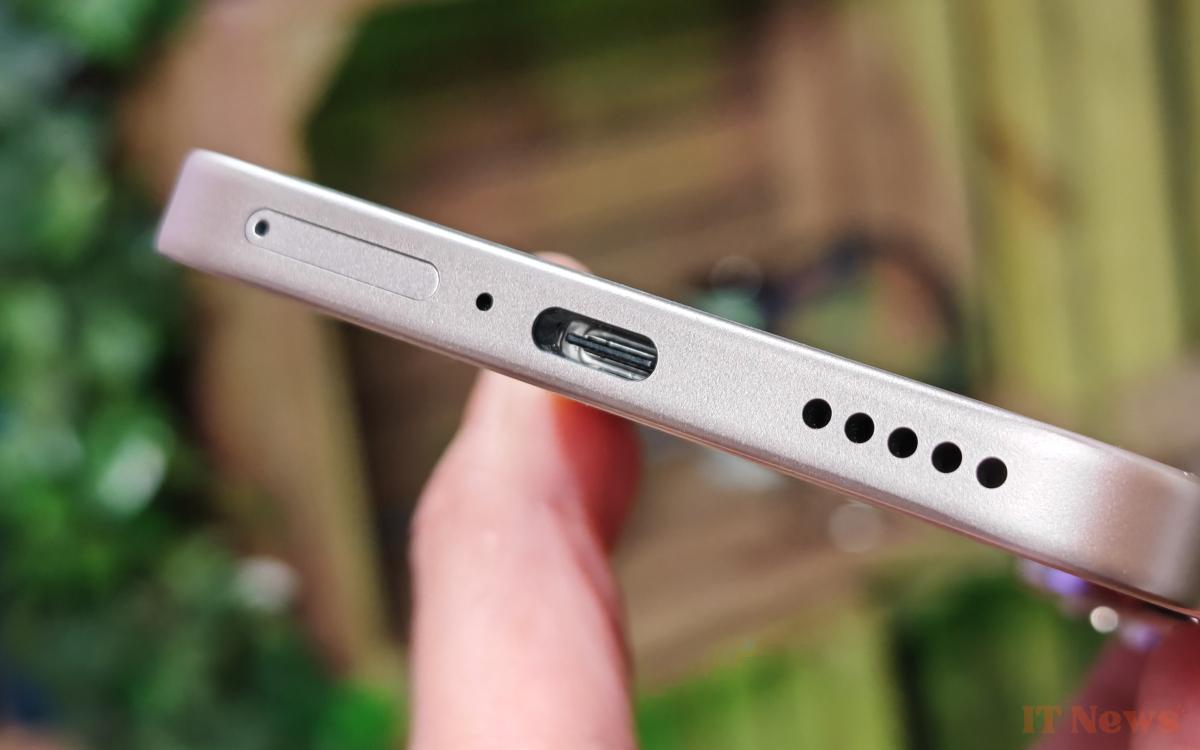


0 Comments